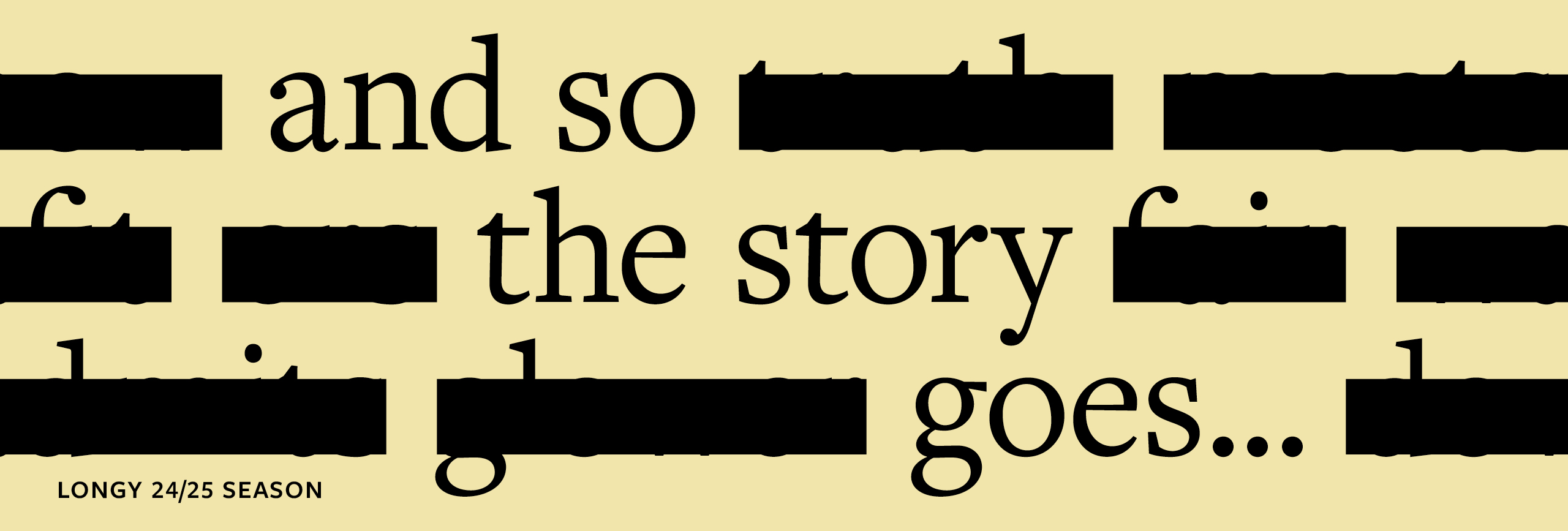Nuages: From first glance at the piano’s keyboard, the contrast between light and dark is immediately visible in the black and white keys. Despite this mono-chromatic color scheme, the instrument is capable of infinite shades and colors of sound, evoking equally unlimited emotions and interpretations for composers, performers, and listeners alike. This program seeks to explore these gradients through the lens of the skies above in three contrasting sets.
I: Stormclouds
Cesar Franck’s Prelude, Chorale, and Fugue begins with ominous, swirling uncertainty of the prelude which yields to a foreboding and solemn darkness in the Chorale. The stormy Fugue is dramatic and filled with twists and turns, culminating in a powerful climax that uses themes from all three movements together at once, crashing relentlessly into the final bars of the piece.
II: Shadows
This set shows four different depictions of the night skies. Chopin’s Nocturne in E Major evokes gentle breezes and glimpses of the stars, with a tumultuous central section that calls back to the storms of the first set. Debussy’s Nocturnes paint hazy pictures of clouds drifting across the evening skies, full of constantly shifting shades of light and color, and in the second selection, the songs of mysterious sirens across the darkened seas. Filled with intoxicating energy, Ravel’s La Valse sets the scene of a nocturnal waltz under the stars, starting from near silence and whirling into a wild frenzied conclusion.
III: Sunbeams
Beethoven’s Piano Sonata in C Major, dedicated to his friend and patron Count Waldstein, is from the very first note an expression of joy. Again, from near silence, the light begins to advance before bursting forth in exuberance. The contemplative second movement again brings clouds and shadow, but the glittering third movement soars above them into pure radiant light.



